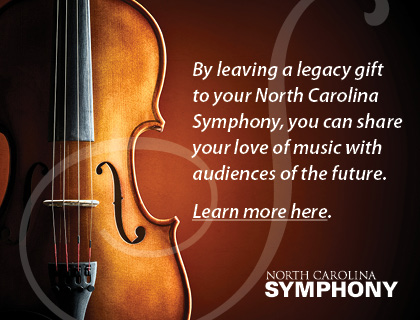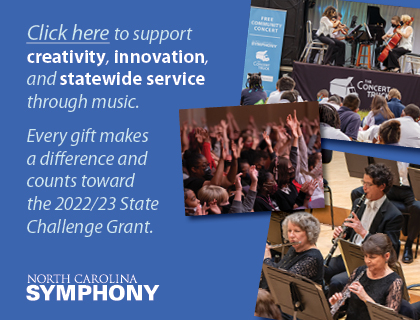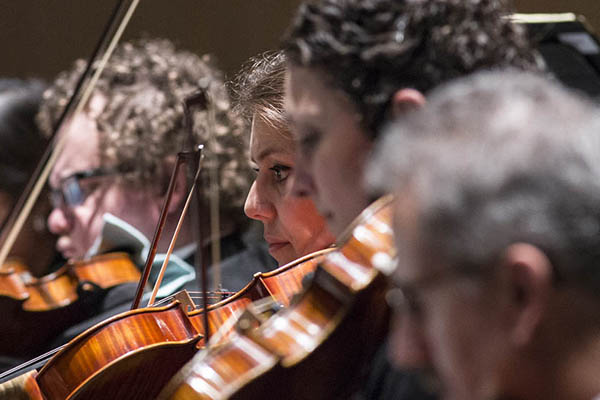
Thu, May 18, 2023 | 7:30pm
RIVERFRONT CONVENTION CENTER
NEW BERN
Click here for a printable version of this program
North Carolina Symphony
Michelle Di Russo, conductor
Gioachino Rossini (1792-1868)
L'Italiana in Algeri Overture
Manuel de Falla (1876-1946) / Arr. William Ryden
El amor brujo Concert Suite
Chez Gitanes
Song of Love’s Sorrow
The Magic Circle
Midnight
Ritual Fire Dance
Astor Piazzolla (1921-1992) / Arr. Gian Luigi Zampieri
Libertango
Leonard Bernstein (1918-1990) / Arr. Maurice Peress
Overture to West Side Story
INTERMISSION
Piotr Ilyich Tchaikovsky (1840-1893)
Romeo and Juliet Fantasy Overture
Camille Saint-Saëns (1835-1921)
Bacchanale from Samson and Delilah
The North Carolina Symphony gratefully acknowledges the support of Concert Sponsor Penick Village.

I am so happy to bring our Romeo and Juliet program to our North Carolina Symphony patrons in New Bern. When developing this program, I reflected on the theme of love—love for our loved ones, love for ourselves, and love for our roots. The program takes us through some of the most famous love stories—like Romeo and Juliet, and Maria and Tony in West Side Story—and music from composers that I personally love, like de Falla and Piazzolla. It is important for me to share with you a little about my own roots and passion for music and I think these pieces reflect that. Thank you for joining us in celebrating love and beauty in music with your North Carolina Symphony.
With warm wishes,
Michelle Di Russo
Associate Conductor

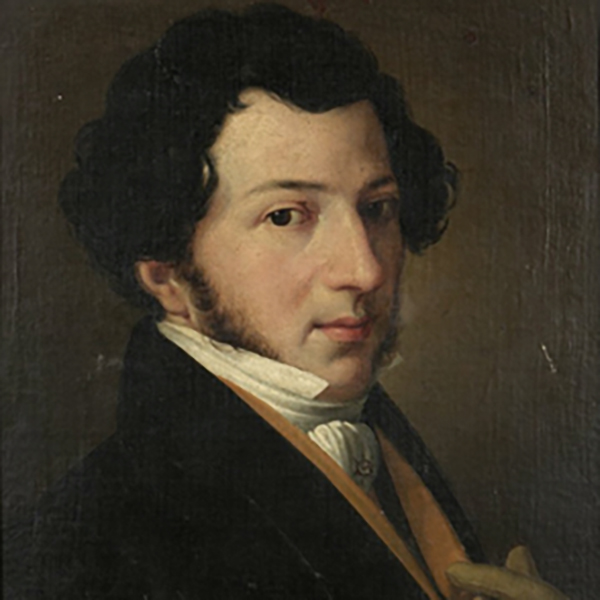
L'Italiana in Algeri Overture
Gioachino Rossini (1792-1868)
Premiered in Venice nearly 210 years ago, L’Italiana in Algeri (The Italian Girl in Algiers) is regarded as Gioachino Rossini’s first comic masterpiece, preceding his most beloved opera The Barber of Seville by three years. The 21-year-old Rossini composed the two-act opera in just under four weeks; the overture is packed full of the wit, manic energy, and bombast featured in the complete work. Listen for Rossini’s trademark frenetic passages and lively play of contrasts—the opening moments are sure to surprise!

El amor brujo Concert Suite
Manuel de Falla (1876-1946)
Initially commissioned in 1915 as a gitanería—a Flamenco dance native to Spanish Andalusia—Manuel de Falla eventually revised El amor brujo (Love, the Magician) into a a suite for piano (1922) and finally a ballet with expanded orchestra (1924). Based on a story involving ghostly love affairs, hauntings, and magic spells, de Falla’s score captures the Andalusian charm and fiery musical features characteristic of the region. Listen for the snappy rhythms and flamboyant melodies showcased in these select scenes of Spanish enchantment.
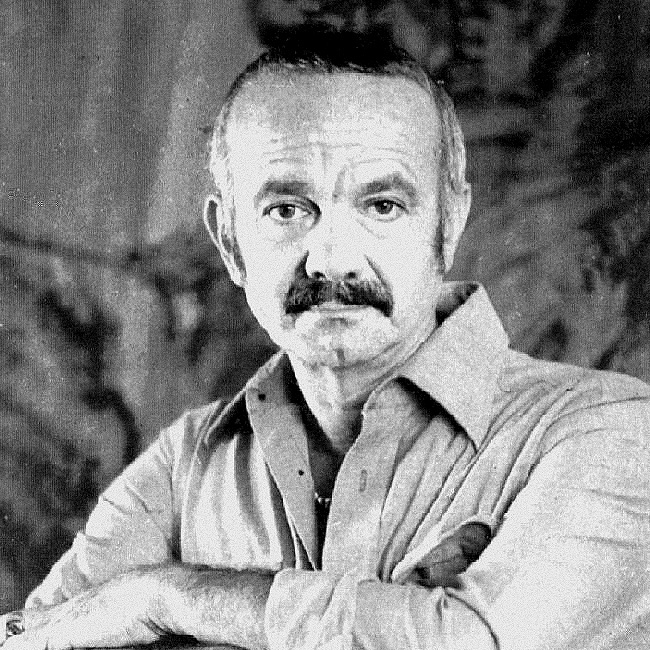
Libertango
Astor Piazzolla (1921-1992)
Regarded as the foremost composer of tango music, Astor Piazzolla fused traditional tango with compositional elements from both jazz and classical music—known as nuevo tango. Libertango, composed in 1974, features the traditional tresillo rhythm (3-3-2) in the low strings, but also incorporates counter-melodies and a jazzy approach to harmony. Listen for this driving rhythm as it takes the ever-evolving melodies on a brief, but lively journey.
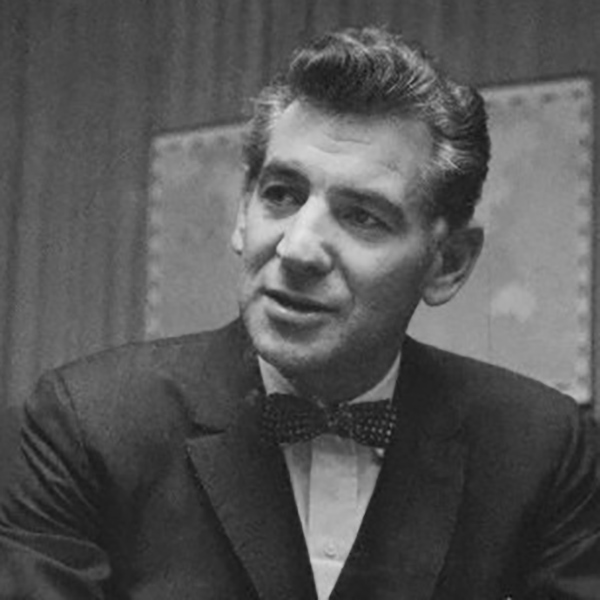
Overture to West Side Story
Leonard Bernstein (1918-1990)
Leonard Bernstein’s 1957 retelling of Shakespeare’s Romeo and Juliet through the lens of 1950s New York City has undoubtedly become a staple of American culture. The Overture wraps the dynamism of the Broadway musical into a compact highlight reel. Bernstein’s bustling rhythms with a hint of blues open the work—a vivid depiction of the city—before surveying the tunes of Maria and Tony’s romance and closing with the animated mambo.
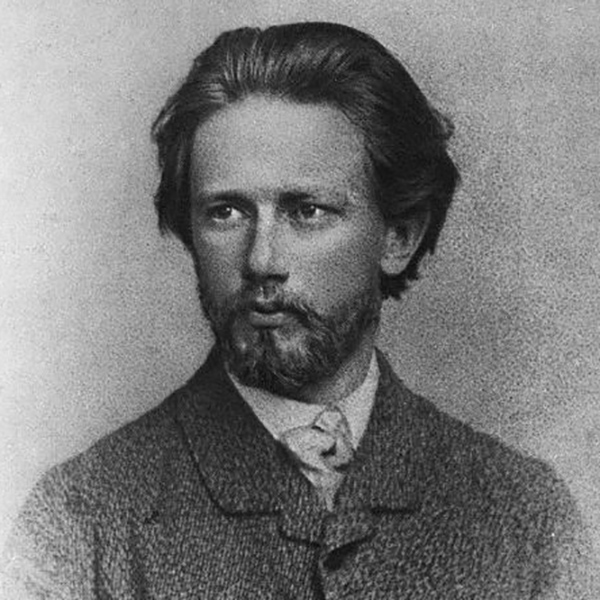
Romeo and Juliet Fantasy Overture
Piotr Ilyich Tchaikovsky (1840-1893)
Piotr Ilyich Tchaikovsky began composing his Romeo and Juliet Fantasy Overture in 1869 at the suggestion of his friend and fellow composer Mily Balakirev. To portray the Shakespearean tragedy, Tchaikovsky followed the drama: after an introduction, a tempestuous first theme begins—meant to depict the rivaling families—with a “love” theme emerging amidst the tumult. After an interruption by the first theme, the love theme returns in a transcendent culmination meant to depict a love that endures beyond death. Tchaikovsky’s penchant for lush harmonies and immense pathos is on full display in this landmark work, whose “love” theme has become iconic.

Bacchanale from Samson and Delilah
Camille Saint-Saëns (1835-1921)
Named after Bacchus, the Roman god of wine and pleasure, a “bacchanale” is a dance marked for its hedonistic decadence. In this movement from Camille Saint-Saëns’ 1877 opera Samson and Delilah, he portrays the licentious reveling of the Philistines over the humiliation of the Israelite Samson, who, blind and sapped of his supernatural strength, is chained to the pillars of the Philistine temple. Listen for the evocative use of Middle Eastern modalities, swirling dance rhythms, and the amorous middle section, perhaps serving as a retrospective of Samson and Delilah’s broken love.


